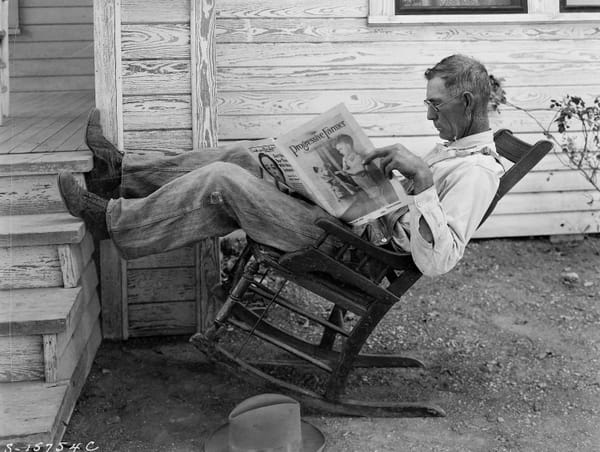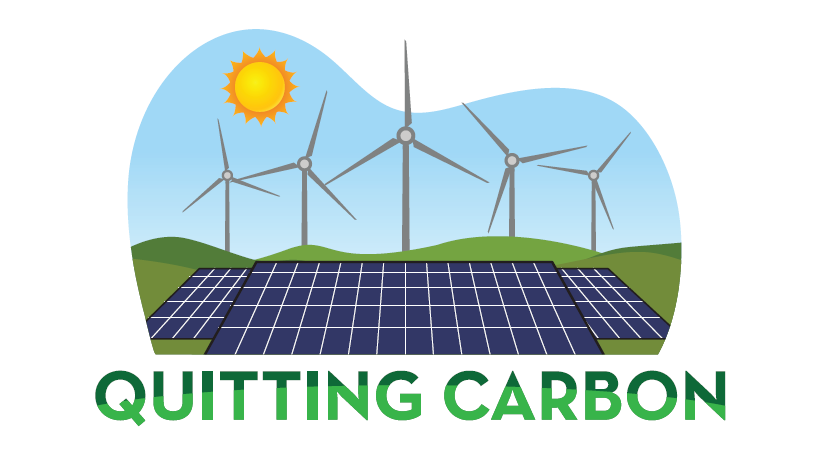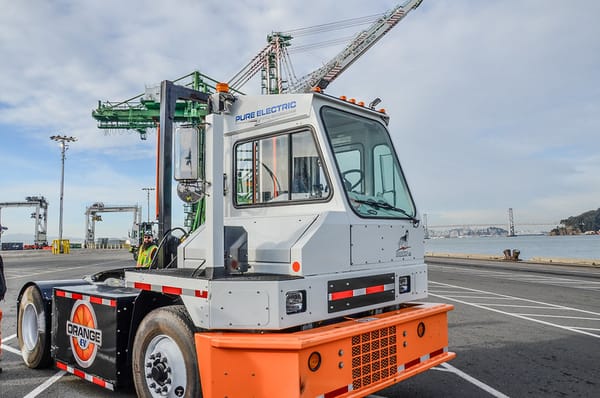Postcard from the future: Sacramento’s Rancho Seco clean energy park
The Sacramento Municipal Utility District has remade the site of a shuttered nuclear reactor into a clean energy park. With power demand growing, the model could be replicated at retired or underutilized thermal power plants across the U.S.
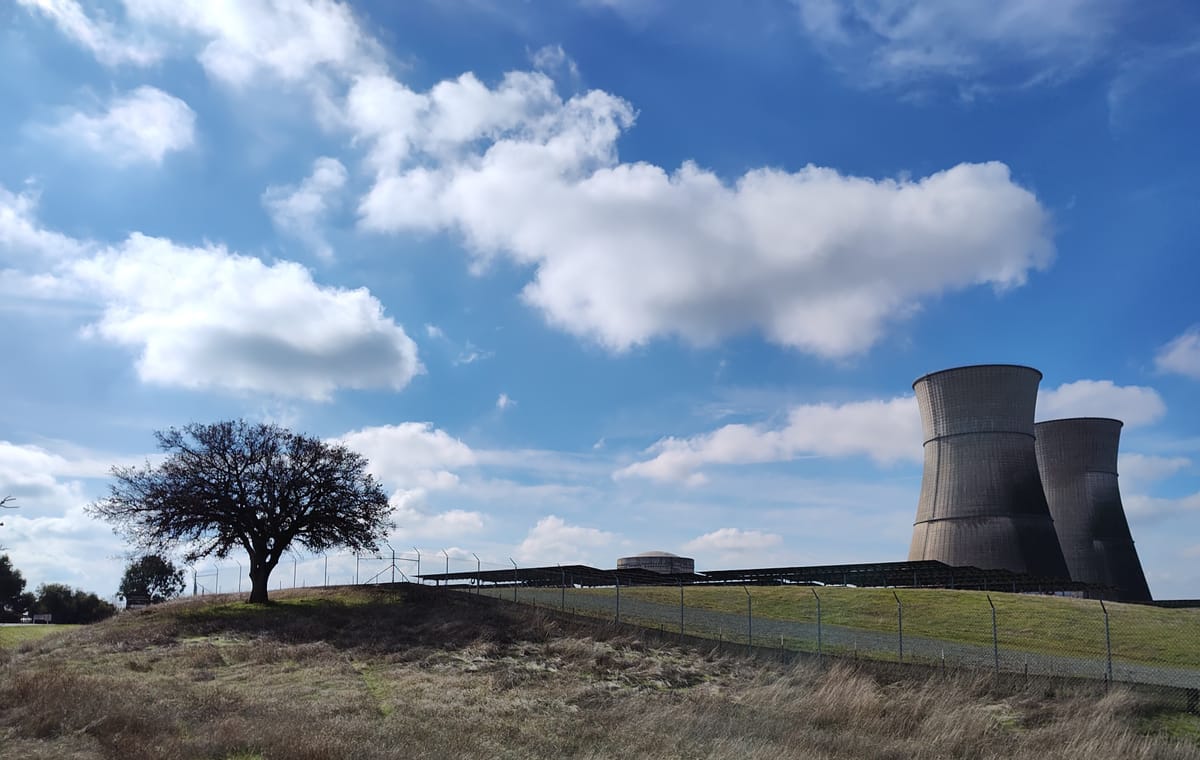
Quitting Carbon is a 100% subscriber-funded publication. To support my work, please consider becoming a paid subscriber or making a one-time donation.
Head west on Highway 104 from Ione, a small town at the edge of California’s Gold Country, and it doesn’t take long for the first sign of the surprise waiting on the horizon.
Framed from below by the flatlands that roll west from the Sierra Nevada foothills and from above by an endless sky, two hulking towers begin to emerge. Taller than all the high-rises in nearby downtown Sacramento, the cooling towers are relics from California’s energy past.
About a dozen miles west of Ione, take the left turn for Rancho Seco Recreational Area and you arrive at the site of one of California’s most fascinating energy transition stories and one that heralds what could be a second life for hundreds of legacy power plants across the country: the decommissioned Ranch Seco Nuclear Generating Station.
From nuclear power to clean energy
The Rancho Seco nuclear power plant started commercial operations in 1975. But the plant was troubled from the start.
Design flaws and outages, including an automatic reactor shutdown in March 1978, triggered the need for costly repairs that increased the plant’s operating costs. By June 1989, customers of the Sacramento Municipal Utility District (SMUD), the publicly owned utility that operated the plant, were so frustrated by rising bills that they voted to close the plant.
SMUD decommissioned the plant, but it held on to the site and surrounding buffer zone of land. With the 913-megawatt (MW) nuclear plant offline, the utility could dedicate the site’s unused transmission capacity to other projects.
SMUD turned on a 600MW fossil gas-fired power plant at the site in 2006.
But driven by its 2030 Zero Carbon Plan and a goal to achieve carbon-free electricity by 2030, SMUD has pivoted in recent years to transform the Rancho Seco site into a clean energy park and recreation area.
In February 2021, SMUD turned on Rancho Seco Solar II, a 160MW ground-mounted solar PV farm located on land adjacent to the decommissioned nuclear plant.
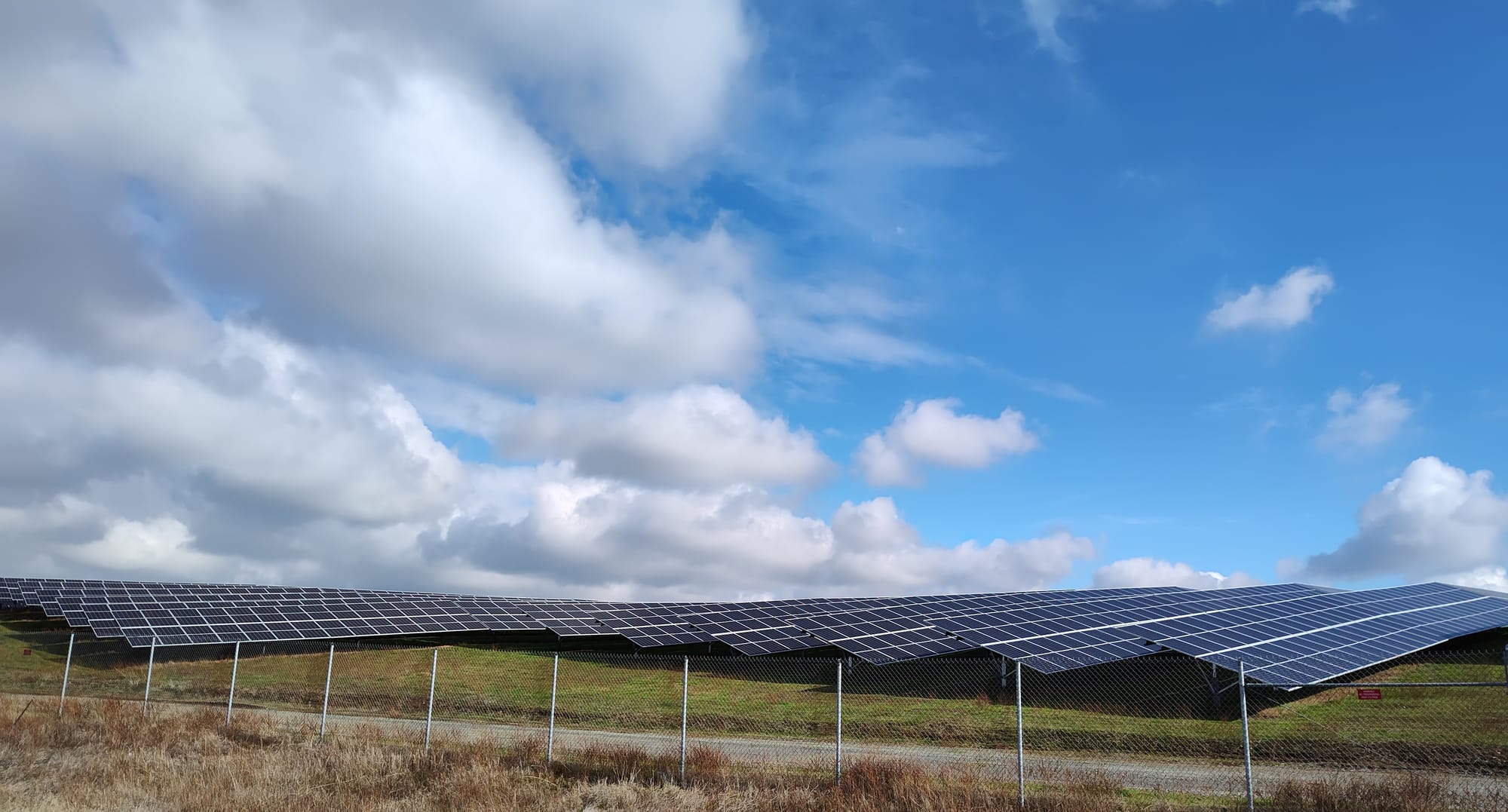
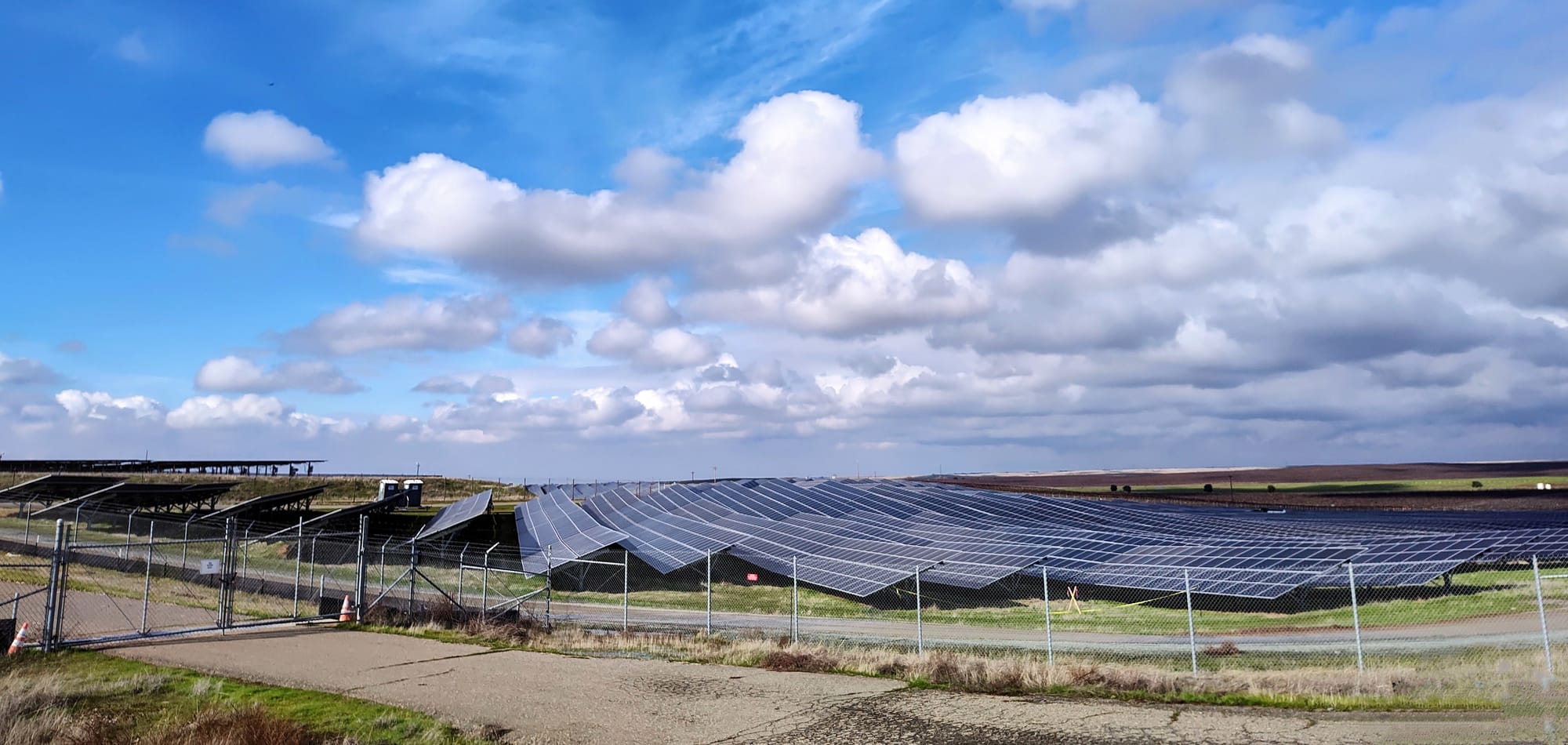
The Rancho Seco Solar II power plant. Credit: Justin Gerdes.
In June of this year, SMUD announced a power purchase agreement for the Dry Creek Energy Storage Project, a 160MW/640 megawatt-hour battery energy storage system to be built at a site within the fenced boundary at the decommissioned nuclear power plant. Construction on the project, which will connect to the Rancho Seco Solar II substation, is scheduled to begin in June 2026.
SMUD also set aside 400 acres at the Rancho Seco site for a park that hosts boating, camping, fishing, and hiking – activities that would be ill-advised near an operating coal-fired power plant and likely impossible anywhere close to an active nuclear power plant.
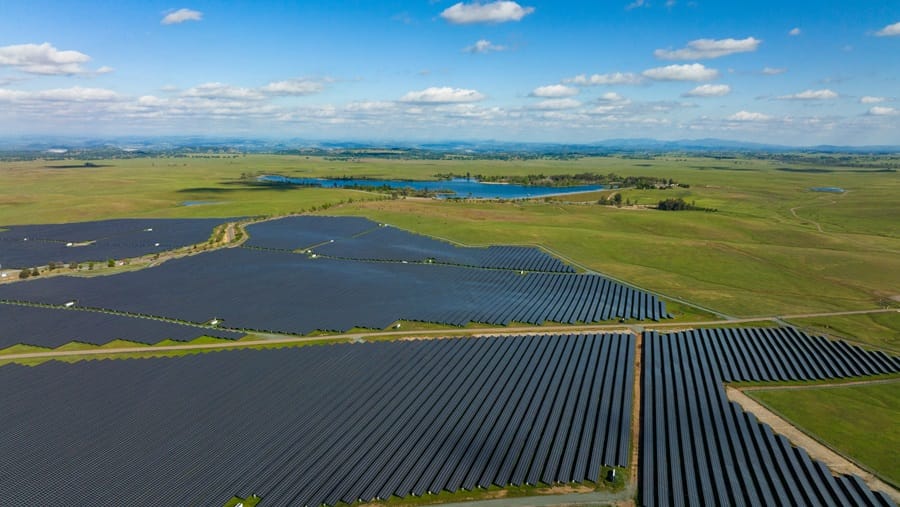
Second-life clean energy
The transformation underway at Rancho Seco is relevant well beyond California because the project offers a template to follow at sites across the U.S. where large thermal power plants have recently shuttered or will do so soon. At a time when utilities need all the carbon-free electricity developers can build, as fast as they can add it to the grid, what better place to build new clean energy projects than on already disturbed land, at sites with an existing connection to the grid?
Nearly 400 coal-fired power plants in the U.S. have either retired or have proposed to retire with a specific retirement date, according to the Sierra Club’s Beyond Coal campaign. Many of those power plant sites could be repurposed to host clean energy facilities just like Rancho Seco.
The same opportunity awaits the coal plants that remain. Based on reported planned retirements, 145GW of coal-fired power capacity will still be online in the U.S. by the end of 2028, according to the U.S. Energy Information Administration.
Even existing thermal power plant sites could be enlisted to perform double duty by hosting renewable energy projects and batteries.
“Gas plants are running less often as California cuts its planet-warming emissions, leaving their grid-connected transmission wires mostly unused,” Mike O’Boyle, the acting policy team director at think tank Energy Innovation, wrote in a Los Angeles Times op-ed last week.
“Building solar and wind projects adjacent to these gas plants could use this existing ‘surplus’ infrastructure to add massive amounts of clean energy, rather than waiting five years for grid upgrades to unlock the same potential.”
O’Boyle cites a UC Berkeley report finding that “15.7 GW of California thermal capacity operates at less than 15% capacity factor, leaving grid connections unused most of the time and creating immediate opportunities for surplus interconnection.”
In the Mid-Atlantic region, where PJM Interconnection, the grid operator, is struggling to add new renewable energy capacity and grappling with surging electricity prices, adding solar or wind power plants and batteries at the sites of some of the dozens of recently shuttered large thermal power plants could supply much-needed power to the grid and provide utility bill relief for households.
Be it with rooftop solar or onshore wind, electric vehicles or grid batteries, California has often led the U.S. in energy innovation. As one of my favorite sayings puts it: “California is America, but sooner.”
The transformation of Rancho Seco demonstrates that California could once again show other states and the world the path to the clean energy future.

